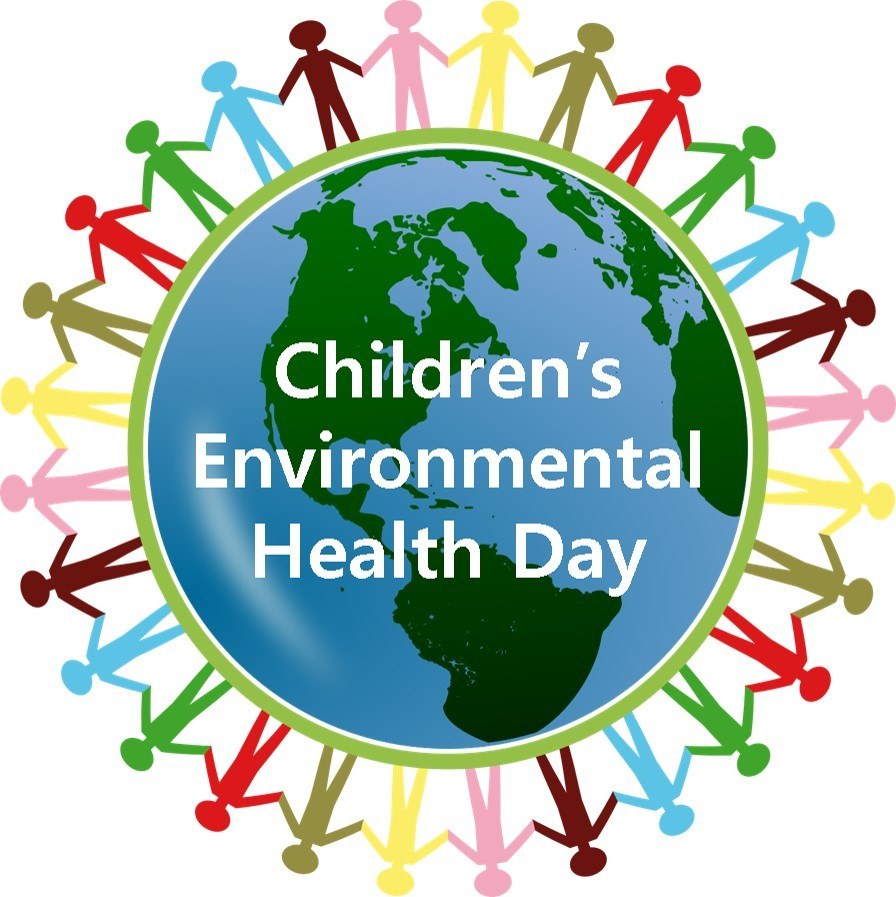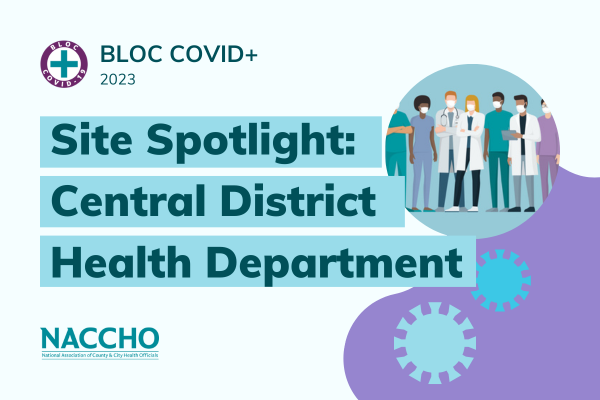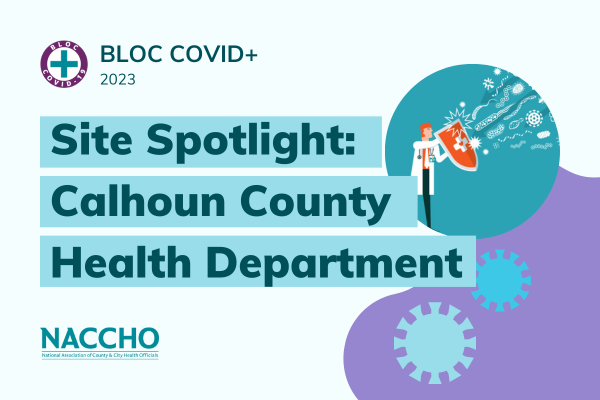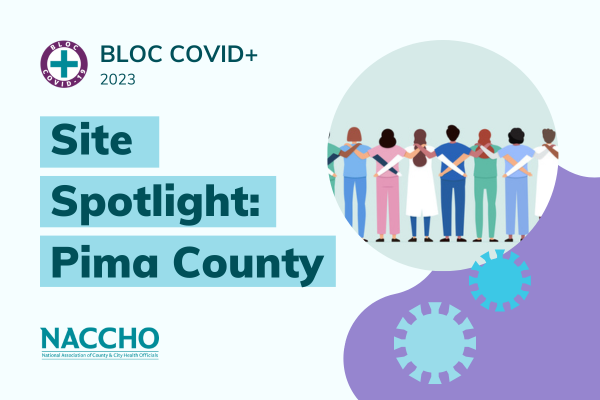Popular Categories
Digital Toolkit: Zika 2.0
As the Zika virus continues to spread locally in the United States, there may be a growing amount of pregnant women contracting the...
Oct 25, 2016 | Anastasia Sonneman
Mitigating the Risks of Animal Importation: Who’s Responsible?
Hundreds of thousands of animals are imported into the United States every day, increasing the chance for infectious diseases...
Oct 13, 2016 | Erin Laird
The PATH to Combatting Antimicrobial Resistance
By Natalie Mulloy, NACCHO Government Affairs Intern According to the Centers for Disease Control and Prevention (CDC), antibiotic or...
Aug 05, 2016 | Kim Rodgers
CDC Report: Monitoring Selected National HIV Prevention and Care Objectives
The Centers for Disease Control and Prevention (CDC) released a new HIV Surveillance Supplemental Report: Monitoring Selected National...
Aug 02, 2016 | Kim Rodgers
ONAP: New Data on National HIV/AIDS Strategy Indicators
On July 29, the anniversary of the National HIV/AIDS Strategy, the Office of National AIDS Policy (ONAP) released an updated version...
Aug 01, 2016 | Kim Rodgers
CDC Releases 2015 Youth Risk Behavior Survey Results
The Centers for Disease Control and Prevention (CDC) Division of Adolescent and School Health (DASH) recently released the 2015...
Jun 13, 2016 | Kim Rodgers
FDA Finalizes Rule to Protect Food Supply Against Intentional Contamination
The Food and Drug Administration (FDA) has finalized a new food safety rule that will help further protect the food supply in the...
May 31, 2016 | Anastasia Sonneman
Aedes Aegypti and Local Vector Control: Mapping out a Plan for Zika Vector...
Summertime is approaching, which means mosquito season is upon us. As the weather gets warmer, we can expect to see an increase in the...
May 31, 2016 | Nyana Quashie
Taking a Regional Approach to Statewide Preparedness and Response
Emerging and evolving threats like Ebola and Zika continue to demonstrate how infectious disease transcends jurisdictional boundaries,...
May 09, 2016 | Sara Chang
Digital Toolkit: Zika 2.0As the Zika virus continues to spread locally in the United States, there may be a growing amount of pregnant women contracting the virus. It is essential that public health practitioners understand the spectrum of needs that babies born with Zika may experience. The Public Health is for Everyone toolkit, a collection of resources to […] Oct 25, 2016 | Anastasia Sonneman |
Mitigating the Risks of Animal Importation: Who’s Responsible?Hundreds of thousands of animals are imported into the United States every day, increasing the chance for infectious diseases transmittable to humans to be introduced with them. In fact, the Centers for Disease Control and Prevention (CDC) estimates more than 60% of infectious diseases in humans are spread from animals. The elevated risk of infectious […] Oct 13, 2016 | Erin Laird |
The PATH to Combatting Antimicrobial ResistanceBy Natalie Mulloy, NACCHO Government Affairs Intern According to the Centers for Disease Control and Prevention (CDC), antibiotic or antimicrobial resistance is one of the most pressing health challenges in our nation. Antibiotic or antimicrobial resistance occurs when microbes are able to spread despite the treatment of drugs, placing individuals at high risk for death. Recently, an […] Aug 05, 2016 | Kim Rodgers |
CDC Report: Monitoring Selected National HIV Prevention and Care ObjectivesThe Centers for Disease Control and Prevention (CDC) released a new HIV Surveillance Supplemental Report: Monitoring Selected National HIV Prevention and Care Objectives by Using HIV Surveillance Data—United States and 6 Dependent Areas, 2014. This surveillance supplemental report presents the results of focused analyses of National HIV Surveillance System data to measure progress toward... Aug 02, 2016 | Kim Rodgers |
ONAP: New Data on National HIV/AIDS Strategy IndicatorsOn July 29, the anniversary of the National HIV/AIDS Strategy, the Office of National AIDS Policy (ONAP) released an updated version of the Indicator Supplement, which outlines everything to know about the Strategy’s indicators, or measures of progress, toward its 2020 goals. This updated Indicator Supplement contains the latest available data on the Strategy’s indicators. The indicator […] Aug 01, 2016 | Kim Rodgers |
CDC Releases 2015 Youth Risk Behavior Survey ResultsThe Centers for Disease Control and Prevention (CDC) Division of Adolescent and School Health (DASH) recently released the 2015 national, state, and large urban school district Youth Risk Behavior Survey (YRBS) results, which summarize input from more than 15,000 students in grades 9-12 in schools across the nation. The YRBS monitors six categories of priority health-risk behaviors among […] Jun 13, 2016 | Kim Rodgers |
FDA Finalizes Rule to Protect Food Supply Against Intentional ContaminationThe Food and Drug Administration (FDA) has finalized a new food safety rule that will help further protect the food supply in the United States. The rule will require both domestic and foreign food facilities to complete and maintain a written food defense plan, assessing their potential vulnerabilities for risk of deliberate contamination where the […] May 31, 2016 | Anastasia Sonneman |
Aedes Aegypti and Local Vector Control: Mapping out a Plan for Zika Vector Surveillance and ControlSummertime is approaching, which means mosquito season is upon us. As the weather gets warmer, we can expect to see an increase in the population of one of the main mosquito species transmitting the Zika virus throughout the U.S—Aedes aegypti. To help understand the range and areas most likely to be impacted by Zika, NACCHO created several maps depicting the recorded distribution […] May 31, 2016 | Nyana Quashie |
Taking a Regional Approach to Statewide Preparedness and ResponseEmerging and evolving threats like Ebola and Zika continue to demonstrate how infectious disease transcends jurisdictional boundaries, organizational silos, and job descriptions. In response to this reality, the Texas Department of State Health Services (DSHS) is joining a diverse group of stakeholders across the state to enhance preparedness for high-consequence infectious diseases. From McAllen... May 09, 2016 | Sara Chang |
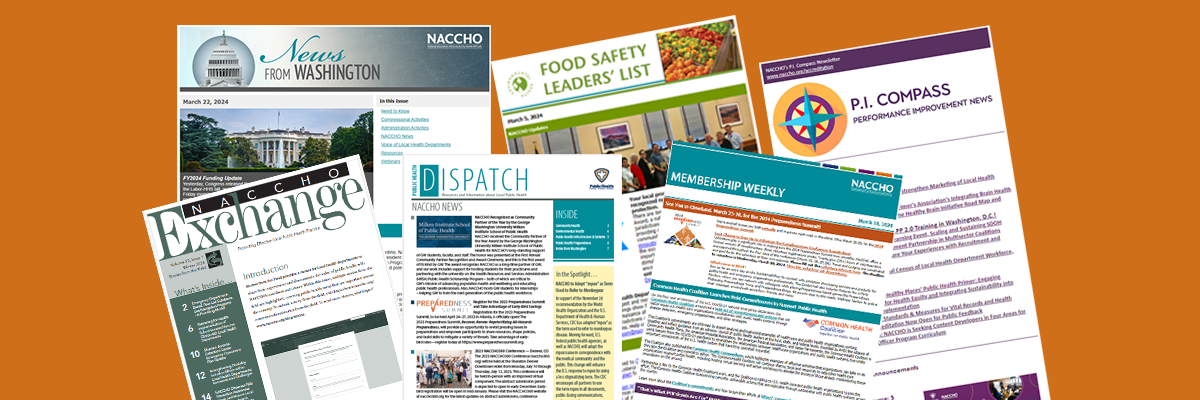
Subscribe Today
Sign Up for the E-mail Digests
Create an account or login to MyNACCHO and go to "My Subscriptions."
SUBSCRIBE NOW

